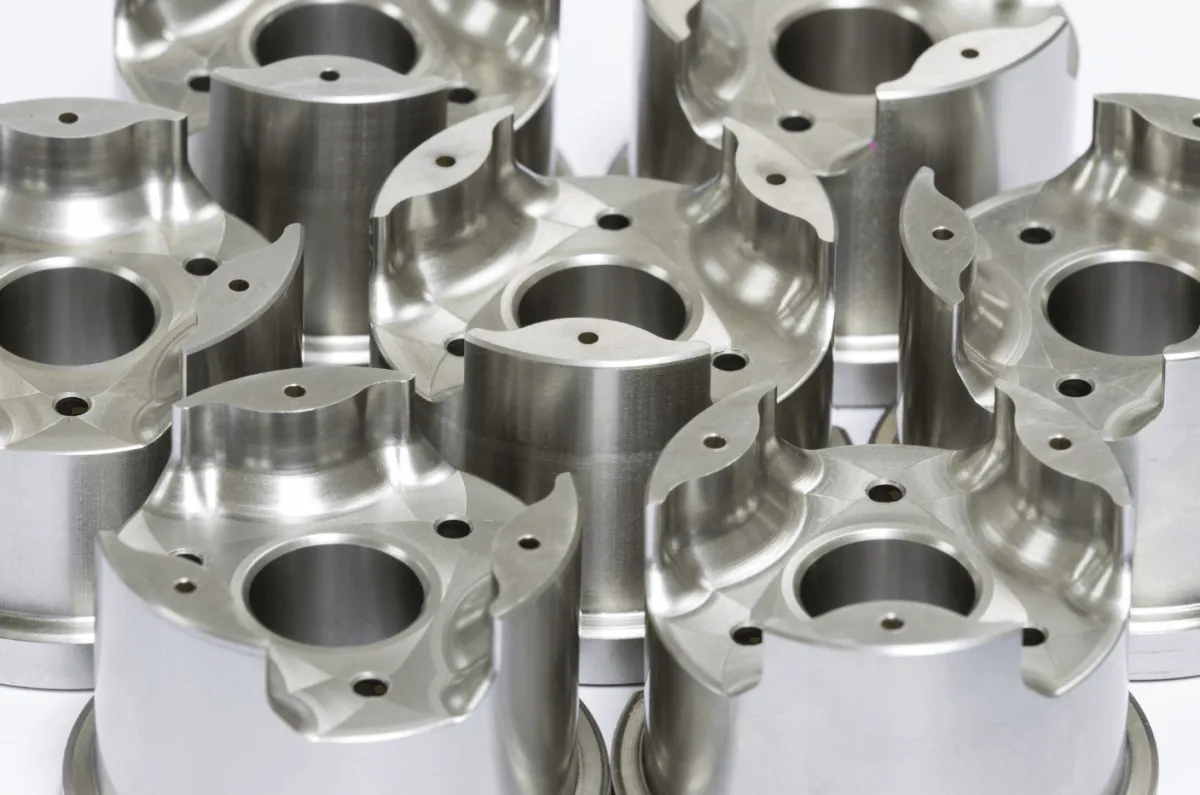ISO 9001 : 2015 Certified
COR Safety Certified
Calgary Machined Parts | Best Machined Parts Calgary, Alberta
Machining is the shaping and cutting of metal, stone, or other materials. Machining has been around for centuries and it continues to be a vital part of manufacturing today. What are some machining processes? There are many different types of machining methods that can be used depending on your industry. They include: milling, turning, drilling, and grinding. Each process requires specific tools such as mills, lathes, or grinders so they may not all be suited for your needs.
machined parts
Machining is a process of using sophisticated machinery to shape metal. The process usually takes place in industrial settings with the metal being cut into pieces and then welded together again, often under intense heat or pressure.
The process can be used for a variety of tools and products: from kitchen knives to the seats in your car. Machining is also often applied to manufacturing processes, with machines such as milling or drilling being used on workpieces that have been made elsewhere using simpler methods.


machined components
The machinery employed during machining includes lathes (which are primarily used to cut metal), drills and saws, shapers and planers, grinders, slotters (used mainly in the textile industry), and polishers. The type of machine will depend greatly on what it is you're trying to do - if you need something shaped into an intricate design then a lathe would probably be your best bet.
Machining is the process of removing material from a workpiece to create your final shape. Machinists are trained in one or more machining processes such as turning, milling, drilling, and grinding. When studying machining it is necessary to study various types of materials that can be used for this type of manufacturing process.
machined pieces
To be a machinist you need to have the skills and potential, but will also require further training. The job of these professionals is never done so they must know how best to work with their machine tools in any industry. They need to understand what can go wrong during this process too because machines are more likely than ever before not working as expected due to advances in technology which means an increased risk.
Machining is a process that helps to create parts for products like car engines and airplane wings. It can be used on metal, plastic, or wood and it creates precision-finished components with high-quality finishes.


machined product
One benefit of machining is that it can produce more complicated shapes than some types of fabrication processes, such as bonding or welding. This makes machining ideal for tasks like producing kitchenware with angled edges or creating horseshoes from steel sheets to shape them into shoes without losing their original form. It also eliminates the need for hand-made rivets because machines can drill holes at precise distances apart so leather straps can be threaded through them easily. Other benefits include doing away with hammering which reduces noise pollution while maintaining high production rates.
machined service
The benefits of machining are endless. When you have a product that needs to be made with precision, machining is the way to go. Machining can produce products in large quantities and at an affordable price point. This process creates items without any imperfections or errors since machines do not make mistakes while they are operating. Machine setups also allow for more customization options than handcrafting does because of all the different materials that it can work with like plastics, wood, metal etcetera. The design doesn't matter either since this process will cut through anything put before it and still yield precise results every time.

Contact Us

COR Safety Certified
ISO 9001 : 2015 Certified
SERVICES
All Services
Machine Capabilities
All Products
By Industry
INDUSTRIES
Oil & Gas
Construction
Aviation
Mining
Alternative Energy
Geotechnical
ABOUT
Team
CONTACT
Contact Us
Get a Quote
ADDRESS
Foothills, Calgary, AB Canada

